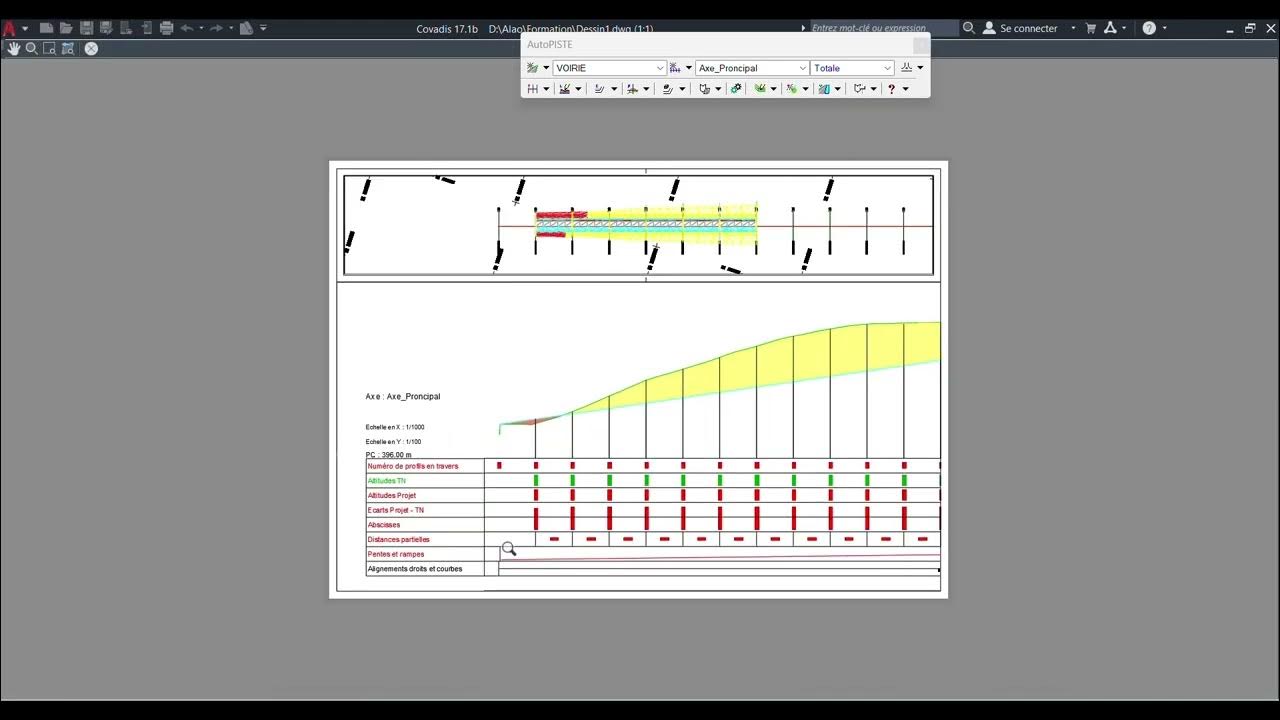How to Really Strengthen Your Tendons | The 70% Rule
Summary
TLDRCette vidéo explique comment renforcer les tendons en évitant les erreurs courantes. L'astuce principale est de dépasser un seuil de 70 % de la contraction musculaire maximale pour stimuler la synthèse de collagène. L'orateur présente cinq exercices isométriques pour cibler différents tendons fréquemment blessés, comme le tendon d'Achille, le tendon rotulien, les ischio-jambiers, le biceps et les tendons extenseurs du coude. Chaque exercice est effectué en trois séries de 30 secondes, trois fois par semaine, pour des résultats optimaux sur une période de 4 à 8 semaines.
Takeaways
- 💪 Pour renforcer la résistance des tendons, il est essentiel d'atteindre un seuil de charge correspondant à 70% de la contraction musculaire maximale.
- 🏋️♂️ Choisissez des exercices et des positions qui permettent une forte contraction musculaire, au moins 70% de la force que le muscle peut produire.
- ⏰ Pour chaque exercice, le protocole recommandé est de réaliser trois séries de 30 secondes avec une contraction musculaire isométrique difficile, suivie d'un repos de 90 secondes.
- 🦿 L'exercice n°1 est l'élevage de la plante du pied d'une jambe, isométrique, qui est essentiel pour renforcer le tendon d'Achille.
- 🏃♂️ Les sportifs et les coureurs devraient pratiquer cet exercice trois fois par semaine pour renforcer le tendon d'Achille.
- 🦵 L'exercice n°2 est l'extension du genou avec surcharge isométrique, qui cible le tendon patellaire et est bénéfique pour les sportifs ayant des douleurs au niveau du genou.
- 🌉 L'exercice n°3 est le pont à longue杠杆 avec isométrie, qui aide à renforcer les tendons ischiatiques proximaux, particulièrement pour les sportifs ayant des lésions des ischiatiques.
- 🤲 L'exercice n°4 est l'isométrie de l'ouverture de bouteille, spécifique pour le tendon bicipital, utile pour les sportifs souffrant de douleurs au niveau de l'épaule.
- 🤸♂️ L'exercice n°5 cible les tendons extenseurs du coude responsables de la coxalgie, en utilisant un mouvement de supination avec un objet long.
- 🥗 Pour aider la guérison des tendons, assurez-vous d'avoir une bonne摄入 de vitamine C, de protéines et envisagez d'utiliser un supplément spécifique en collagene.
Q & A
Quelles sont les erreurs courantes commises par les gens lorsqu'ils essaient de renforcer leurs tendons?
-Les gens font souvent des exercices trop légers ou des étirements qui ne dépassent pas le seuil de charge nécessaire à l'amélioration de la force tendineuse. Cela ne stimule pas suffisamment les tendons.
Quel est le seuil de charge nécessaire pour renforcer les tendons?
-Le seuil de charge est de 70 % de la force maximale de contraction musculaire. Les exercices doivent dépasser ce seuil pour être efficaces.
Comment appliquer ce seuil de 70 % dans les exercices?
-Il faut choisir des exercices et des positions qui permettent une contraction musculaire forte, correspondant à au moins 70 % de la force que le muscle est capable de produire.
Quelle est la méthode recommandée pour renforcer les tendons avec des exercices isométriques?
-Il est recommandé de faire trois séries de 30 secondes de contraction isométrique, avec une pause de 90 secondes entre chaque série. Cela permet un allongement progressif du tendon sous charge.
Quel est l'avantage des contractions isométriques pour les tendons?
-Les contractions isométriques provoquent un allongement lent du tendon sous charge, stimulant ainsi la synthèse de collagène, ce qui aide à renforcer le tendon.
Pourquoi le soulèvement isométrique sur une jambe est-il recommandé pour renforcer le tendon d'Achille?
-Cet exercice permet de mieux cibler le tendon d'Achille en générant une forte charge, ce qui est essentiel pour atteindre le seuil de 70 % et renforcer le tendon.
Quels sont les conseils pour effectuer correctement un soulèvement isométrique sur une jambe?
-Il faut garder le genou droit, placer un pied sur une boîte pour stabiliser le corps et maintenir une posture haute avec une barre sur le dos, tout en gardant le talon légèrement levé.
Comment renforcer le tendon rotulien?
-L'extension de jambe avec isométrie est un exercice efficace pour renforcer le tendon rotulien. Il consiste à bloquer l'appareil d'extension et à maintenir une forte contraction du quadriceps pendant 30 secondes.
Comment l'exercice du pont à levier long peut-il renforcer les tendons des ischio-jambiers?
-Cet exercice cible les tendons proximaux des ischio-jambiers en positionnant les jambes dans un angle spécifique (135°), ce qui permet de solliciter davantage les tendons des ischio-jambiers.
Quels suppléments peuvent aider à renforcer les tendons?
-Des suppléments comme la vitamine C et le collagène peuvent aider à la guérison et au renforcement des tendons, surtout s'ils sont pris régulièrement avec une alimentation riche en protéines.
Outlines

このセクションは有料ユーザー限定です。 アクセスするには、アップグレードをお願いします。
今すぐアップグレードMindmap

このセクションは有料ユーザー限定です。 アクセスするには、アップグレードをお願いします。
今すぐアップグレードKeywords

このセクションは有料ユーザー限定です。 アクセスするには、アップグレードをお願いします。
今すぐアップグレードHighlights

このセクションは有料ユーザー限定です。 アクセスするには、アップグレードをお願いします。
今すぐアップグレードTranscripts

このセクションは有料ユーザー限定です。 アクセスするには、アップグレードをお願いします。
今すぐアップグレード関連動画をさらに表示

Build a React App with Supabase Authentication (Sign in with email & password)

Master CONTROL with 7 TIPS & TRICKS Black Ops 6 Ranked Play!

First 3 Years of Piano- How To Not Stuff It Up

how to do instagram marketing for onlyfans in 2025… (6-fig strategy)

Mes élèves font toujours les mêmes erreurs en EE

What Is a Sentence Fragment? English Writing & Grammar

LISTING, TRACE COMBINÉ ET IMPRESSION DES PROFILS EN TRAVERS COURANTS
5.0 / 5 (0 votes)
